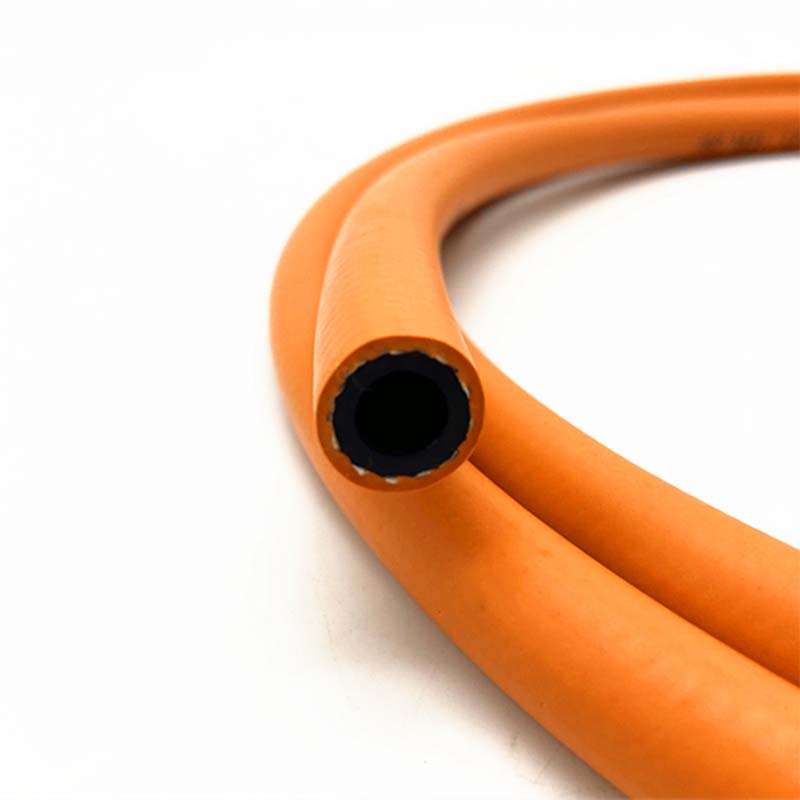Understanding the Distinctions Between Tubes and Hoses in Industrial Applications
The Difference Between Tube and Hose Understanding Their Unique Characteristics
In various industries, the terms tube and hose are often used interchangeably, yet they denote distinct items with unique functions and specifications. Understanding the differences between tubes and hoses is crucial for professionals in manufacturing, engineering, automotive, and many other fields. This article aims to elucidate the characteristics, applications, and considerations that differentiate these two vital components.
Definition and Structure
A tube is usually a hollow cylinder made of materials such as metal, plastic, or rubber. It is characterized by a consistent diameter along its length, and its primary function is to convey fluids or gases. Tubes can vary in thickness and are often used in applications where precise control over flow rates and pressure is required. They are frequently utilized in medical devices, heat exchangers, and plumbing systems.
In contrast, a hose typically refers to a flexible tube that is designed to convey fluids under pressure. Hoses are often made from rubber, PVC, or other materials and can be reinforced to handle higher pressures and stresses. Unlike tubes, hoses are generally more flexible and can bend to accommodate various routing requirements. This flexibility makes hoses ideal for applications in agriculture, automotive, and construction, where movement and space constraints are prevalent.
Material Composition
The materials used in tubes and hoses significantly influence their performance capabilities. Tubes are often manufactured from rigid materials such as steel or copper when strength is paramount or from plastic for lighter applications. The choice of material depends on the intended use, such as high-temperature applications, chemical resistance, or pressure rating.
Hoses, on the other hand, are predominantly made from more flexible materials like rubber or thermoplastic. They are often designed with multiple layers, including internal reinforcement and protective outer layers to enhance durability and resistance to abrasions, cuts, or weather effects. The choice of material in hoses is crucial, especially when considering factors such as flexibility, durability, and the types of fluids that will be conveyed.
difference between tube and hose

Pressure Ratings and Applications
Pressure handling is another critical difference between tubes and hoses. Tubes are designed to withstand higher internal pressures due to their rigid structure. They are often used in high-pressure applications like hydraulic systems, where maintaining a certain pressure is essential for the system's functionality.
Conversely, hoses are typically rated for lower pressures, although some specialized hoses can handle high pressures too. They are used in various applications, including transporting water, chemicals, and gases in scenarios where flexibility and mobility are essential. This makes hoses suitable for construction sites, landscaping, and automotive sectors, where tools and machines require a versatile and durable means of fluid transfer.
Versatility and Customization
Both tubes and hoses can be customized to meet specific requirements. Tubes can be cut to length, bent into required shapes, and fitted with various connectors to suit their applications. Hoses often come in various lengths, diameters, and configurations, allowing for easier adjustments on-site.
When choosing between a tube and a hose, the intended application should guide the decision. If flexibility and transportation of fluids are paramount, hoses may be the way to go. However, if durability and precise dimensional specifications are required, tubes might be more suitable.
Conclusion
In conclusion, while tubes and hoses might seem similar at first glance, their distinct characteristics, structural compositions, and intended applications set them apart. Understanding these differences helps professionals choose the right component for their specific needs, ensuring optimal performance and safety in various industrial applications. Whether working with fluid transfer systems or hydraulic mechanisms, recognizing the unique properties of tubes and hoses is vital for effective design and function.
-
Top Quality Oxy Acetylene Hoses for Sale Fit for Welding DemandsNewsJul.28,2025
-
The Future of Pneumatic Air Tubes in IndustryNewsJul.28,2025
-
Superior and Reliable LPG Hose Pipe Solutions for Every NeedNewsJul.28,2025
-
Exceptionally Durable and Versatile Premium Braided PVC TubingNewsJul.28,2025
-
Best Adapters for Connecting Garden Hose to PVC Pipe ConnectionsNewsJul.28,2025
-
The Essential Role of LPG Hoses in Safe and Efficient Gas DistributionNewsJul.16,2025














